Pikes Peak Hill Climb Institutes Controversial Rule Change For Motorcycles

For the 100th running of the Pikes Peak International Hill Climb, in 2016, the board of directors has instituted a rule change for the motorcycle division which could leave many potential racers alienated. For the two wheelers, the 2016 rule change reads as such:
“Only motorcycles manufactured with one piece handle bars as original equipment will be permitted. Only OVM [Original Vehicle Manufacturer] one-piece handlebars will be permitted. This Rule does not apply to bikes in the Pikes Peak Challenge Sidecar Class.”
What this means is that sportbikes, or any motorcycle, with clip-on-type bars, like the Honda CBR1000RR and Kawasaki ZX-10R – the two motorcycles that won the motorcycle division in 2015 and 2014, respectively – will no longer be eligible. Only motorcycles equipped from the factory with one-piece handlebars will be allowed to race. The reasoning behind this rule change is cloudy at best, as this still leaves plenty of powerful motorcycles open as potential alternatives, the Aprilia Tuono V4 1100, Ducati Multistrada, KTM Super Duke R, and BMW S1000R are four such examples. In addition, motocross-based 250cc and 450cc motards, and classic dirt-track-influenced motorcycles – motorcycles which saw prominence before the course was completely paved – would still be eligible to compete.
For the past two runnings of the Pikes Peak International Hill Climb, a competitor in the motorcycle division has crashed to their deaths. In 2014, Bobby Goodin died after a freak accident once he crossed the finish line aboard his Triumph Daytona 675, which was modified to accept a one piece handlebar. This year, Carl Sorensen died after he crashed his Ducati 848 and fell off the side of the mountain.
As someone who has competed, and crashed, at Pikes Peak – aboard a motorcycle with a one-piece handlebar – the rule change does not make sense to me. If safety is the motivating factor behind the change, then this rule will do nothing to reduce the risk of injury or death. In my opinion, what would make the race safer is an increase in practice time. Practice sessions are limited on the mountain due to the need to reopen the public road, and no amount of watching videos on YouTube can prepare you for the real road. The Isle of Man TT goes to great lengths to accommodate rookies to the course and familiarize them with the intricacies of the road itself and the race overall. And while obviously no motorcycle competition is 100% safe, if Pikes Peak’s rookie orientation program were as thorough as the TT’s, to me this would have a greater impact towards rider safety than the design of a handlebar.
In other news, the 100th Pikes Peak International Hill Climb will be limited to 100 total entries – 33 motorcycles, 67 cars – on an invitation basis. The period to submit a request for invitation opened November 1, 2015 and closes January 29, 2016. Applicants will either be notified of their acceptance, denied their invitation, or put on a waitlist to fill spots in case another entry drops out.

Troy's been riding motorcycles and writing about them since 2006, getting his start at Rider Magazine. From there, he moved to Sport Rider Magazine before finally landing at Motorcycle.com in 2011. A lifelong gearhead who didn't fully immerse himself in motorcycles until his teenage years, Troy's interests have always been in technology, performance, and going fast. Naturally, racing was the perfect avenue to combine all three. Troy has been racing nearly as long as he's been riding and has competed at the AMA national level. He's also won multiple club races throughout the country, culminating in a Utah Sport Bike Association championship in 2011. He has been invited as a guest instructor for the Yamaha Champions Riding School, and when he's not out riding, he's either wrenching on bikes or watching MotoGP.
More by Troy Siahaan



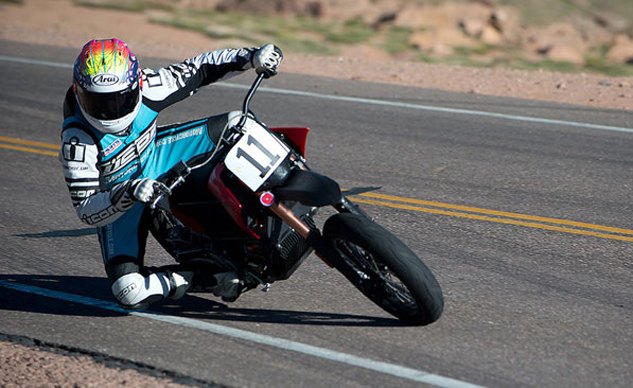

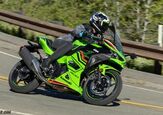


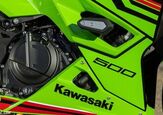


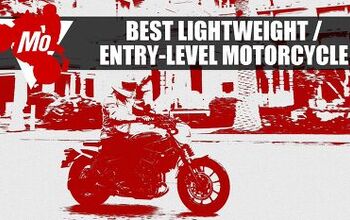
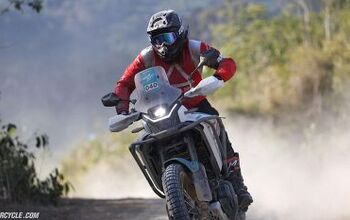
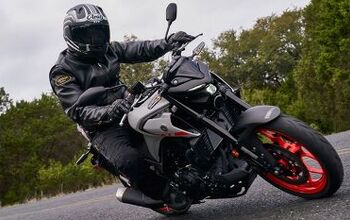
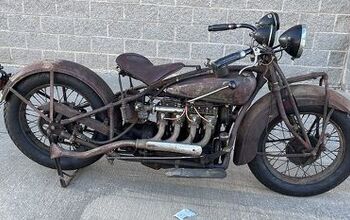
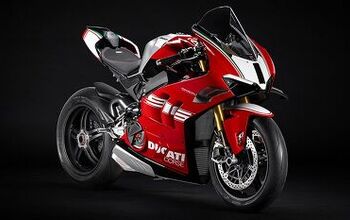
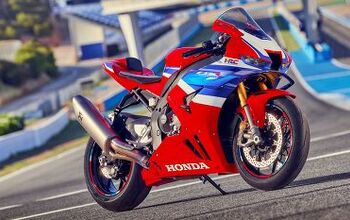
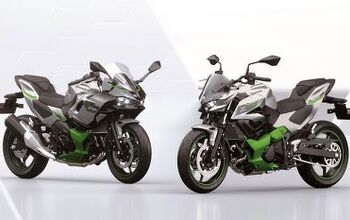
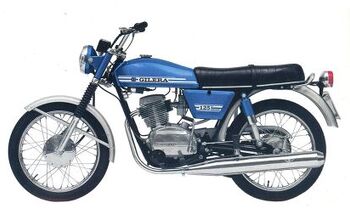
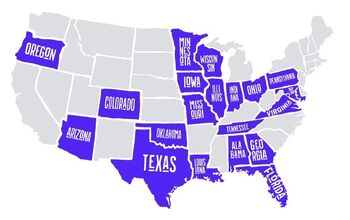

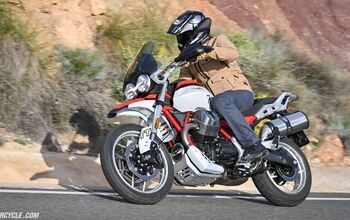
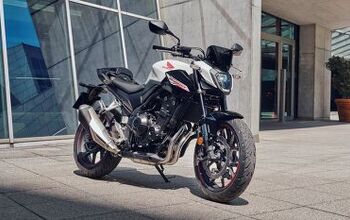
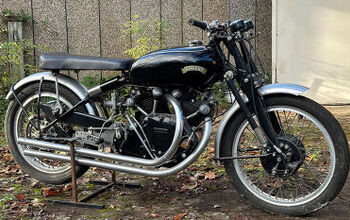
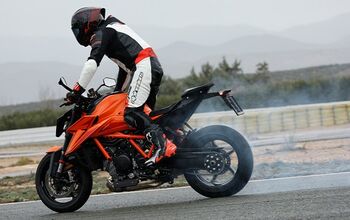


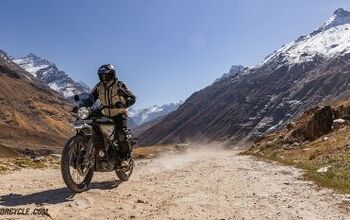
Comments
Join the conversation